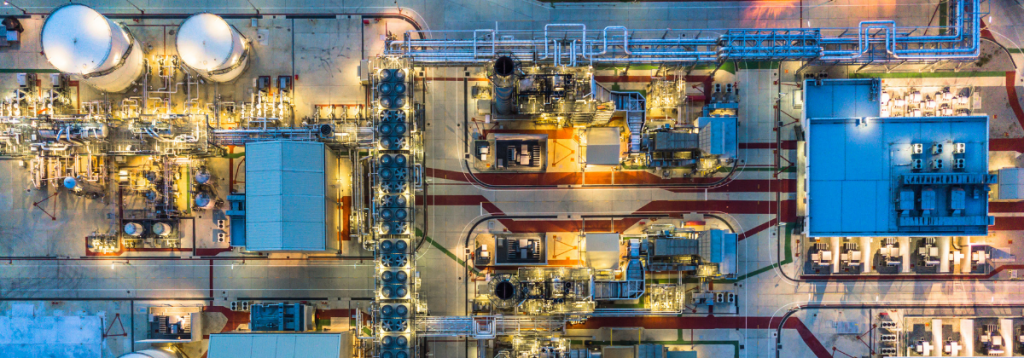


Manufacturing process control is all about getting as close as possible to set points to optimize quality, throughput, and yield. But traditional process control models such as PID loops, advanced process control (APC), and multivariable process control (MPC) are limited in their ability to achieve these goals. A new model that incorporates artificial intelligence (AI), overcomes the issues and is delivering dramatically improved outcomes.
Originally, process control was dependent on an operator’s gut feel or specialized expertise. Two similar models, APC and later MPC, emerged to help automate the control function. With APC, a static controller tunes a process for a single variable, such as the quality of gas coming out of a distillation process. MPC addresses process interactions by tuning multiple process variables with a static controller.
However, PID loops, APC, and MPC are static models, meaning unless or until someone manually intervenes, the same logic is applied continuously. In addition, most controllers are reactive in that they try something, look at the results, and then use that feedback to adjust. MPC is promising but it has not really caught on in industry because historic methods of engineering make its simulations inordinately expensive.
Feedback, feedforward, and predictive control
AI-PC is the next step in the process control maturity curve. It optimizes or replaces historic PID loops and APC loops by putting AI on the controllers and using machine learning models to generate and refine control processes. It trains off existing APC models, simulations, or historical process sensor data and is taught to apply sensor feedback from quality checks at the end of the process, allowing the logic of the control algorithm to get smarter. Besides intelligent feedback control, AI-PC’s extremely high computational speeds support feedforward and predictive control. These unique characteristics are transformative:
Optimized business outcomes
For discrete and process manufacturers alike, the advantages of real-time, continuously improving process control are many. For instance:
Manufacturing use cases
As semiconductor processes shrink into the single digit nanometers, sources of process variance are becoming increasingly harder to control. Most existing fabs are utilizing APC methods, which are not sophisticated enough to correct for significant sources of process variation. Ideally, for each process step, we would like to predict which set points or recipe will result in the highest possible yield. A feedforward predictive control uses metrology from the previous step to do this prediction. However, some processes – particularly those to enable next generation chips – are incredibly complicated, and their outcomes cannot be predicted without sophisticated simulation. It can take 10s of minutes or hours to run a single simulation step therefore they cannot be run on every single semiconductor wafer, and they cannot be run in real time.
One of the leading semiconductor production equipment manufacturers chose AI-PC from Tignis to help control one of its next-generation semiconductor fabrication tools. They had a large number of process parameters that needed to be controlled with each wafer and to identify the right parameters required a high-fidelity simulation that was computationally expensive and slow. This limited how many times they could update the process parameters. With AI-PC, they are able to simulate thousands of possible futures each second and apply the best process parameters in real time to each wafer produced.
Crude oil distillation is another area where AI-PC is improving process control. Even though the multi-physics models used to simulate oil distillation are completely different from the models used in semiconductor manufacturing, the technique of training an AI-PC model is still effective. An AI-PC model can predict the results of the critical ASTM D86 lab measurement, recommend the set points that are predicted to yield the optimum measurement, and then continuously compare the actual results to the predicted ones. At any point where there is drift between what AI-PC predicts will happen and what actually happens, the AI-PC model retrains to create an updated model which accounts for the process drift.
Regardless of the industry or the physical process being modeled, continuously improving feedback, real-time feedforward and predictive control make AI-PC the future of process control.


